NEW
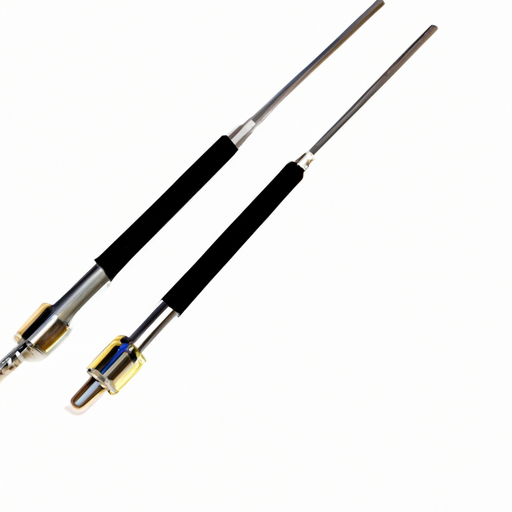
Overview of Thermocouples and Temperature ProbesThermocouples are essential temperature sensors that leverage the thermoelectric effect to measure temperature differences. They consist of two dissimilar metals joined at one end, generating a voltage that correlates with temperature changes. Temperature probes, which often integrate thermocouples, are crucial for accurate and reliable temperature measurement across various applications.
Core Functional Technology1. Thermocouple Types 2. Measurement Principle 3. Construction 4. Calibration 5. Response Time 1. Industrial Process Control2. Food and Beverage Industry3. HVAC Systems4. Automotive Testing5. Aerospace Applications6. Medical Devices Application Development Cases ConclusionThermocouples and temperature probes are indispensable tools across various industries, providing essential temperature measurement capabilities. Their versatility, reliability, and accuracy make them crucial for process control, safety monitoring, and quality assurance. As technology continues to evolve, advancements in thermocouple and temperature probe design will further enhance their effectiveness, meeting the growing demands of modern applications and industries.
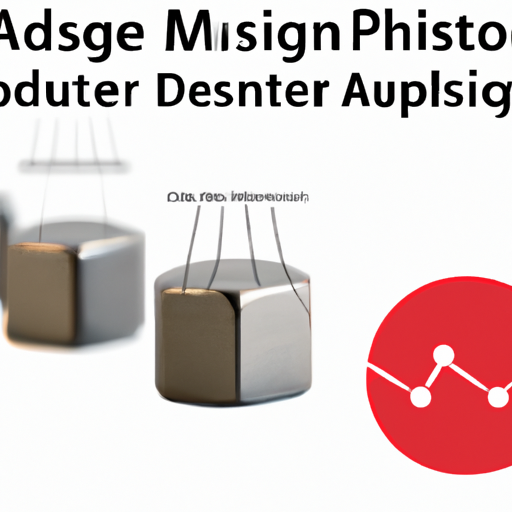
Application Development in Pressure Sensors and Transducers with MM74HC240NThe integration of pressure sensors and transducers with integrated circuits like the MM74HC240N has revolutionized various industries by enhancing the accuracy, efficiency, and reliability of pressure measurement systems. Below is a detailed exploration of key technologies and notable success stories in this domain.
Key Technologies1. Sensor Technology2. Signal Conditioning3. Analog-to-Digital Conversion (ADC)4. Microcontroller Integration5. Wireless Communication6. Data Analytics and Cloud Computing1. Industrial Automation2. Automotive Applications3. Medical Devices4. Environmental Monitoring5. Smart Home Devices Success Stories ConclusionThe collaboration between pressure sensors, transducers, and integrated circuits like the MM74HC240N has led to significant advancements across various sectors. By harnessing key technologies such as MEMS sensors, signal conditioning, and data analytics, developers can create innovative solutions that enhance performance, safety, and efficiency. The success stories illustrate the versatility and critical importance of these technologies in addressing real-world challenges, paving the way for future innovations in pressure measurement and monitoring systems.

Application Development in Sensor and Transducer Accessories for ECS-F1VE155K: Key Technologies and Success StoriesDeveloping applications for sensors and transducer accessories, particularly for the ECS-F1VE155K model, requires a deep understanding of the technologies that enable effective data collection, processing, and analysis. Below, we explore key technologies and notable success stories that illustrate the potential of the ECS-F1VE155K in various applications.
Key Technologies1. Sensor Fusion2. IoT Connectivity3. Edge Computing4. Machine Learning and AI5. Wireless Communication6. Data Analytics7. Power Management1. Smart Agriculture2. Industrial Automation3. Environmental Monitoring4. Smart Home Applications5. Healthcare Monitoring Success Stories ConclusionThe ECS-F1VE155K, when integrated with advanced technologies such as sensor fusion, IoT connectivity, machine learning, and data analytics, can lead to innovative applications across various industries. The success stories presented illustrate the transformative potential of these technologies, emphasizing their impact on efficiency, cost savings, and improved quality of life. As developers continue to explore the capabilities of the ECS-F1VE155K, the possibilities for creating value-added solutions are vast and promising.

Application Development in NTC Thermistors for CFR-25JB-52-110R: Key Technologies and Success StoriesNTC (Negative Temperature Coefficient) thermistors, such as the CFR-25JB-52-110R, are essential components in temperature sensing and control applications. Their resistance decreases as temperature increases, making them highly effective for various uses. Below are key technologies and success stories that highlight the application development of NTC thermistors.
Key Technologies1. Precision Temperature Measurement2. Temperature Compensation Circuits3. Digital Communication Interfaces4. Wireless Sensor Networks (WSNs)5. Automated Calibration Techniques6. Integration with IoT1. HVAC Systems2. Automotive Industry3. Consumer Electronics4. Medical Devices5. Smart Agriculture6. Energy Management Systems Success Stories ConclusionThe application development of NTC thermistors like the CFR-25JB-52-110R has significantly impacted various industries by providing accurate temperature measurements and enabling integration with modern technologies such as IoT and wireless networks. The success stories across HVAC, automotive, consumer electronics, medical devices, smart agriculture, and energy management systems illustrate the versatility and importance of NTC thermistors. As technology continues to advance, the role of NTC thermistors is expected to expand, driving further innovation in temperature sensing and control applications.

Application Development in TRIACs for CFR-50JB-52-110K: Key Technologies and Success StoriesDeveloping applications using TRIACs, particularly the CFR-50JB-52-110K, requires a solid understanding of the underlying technology and its practical applications. Below is an overview of key technologies associated with TRIACs and notable success stories that illustrate their effectiveness.
Key Technologies1. TRIAC Fundamentals2. Phase Control Techniques3. Zero-Crossing Detection4. Microcontroller Integration5. Thermal Management1. Lighting Control Systems2. Motor Speed Control3. Heating Applications4. Home Automation5. HVAC Systems Success Stories ConclusionThe CFR-50JB-52-110K TRIAC is a versatile component applicable in various domains, including lighting, heating, motor control, and home automation. By leveraging key technologies such as phase control, microcontroller integration, and effective thermal management, developers can create innovative solutions that enhance efficiency and user experience. The success stories illustrate the practical benefits of TRIACs in real-world applications, underscoring their significance in modern electronic design and control systems.
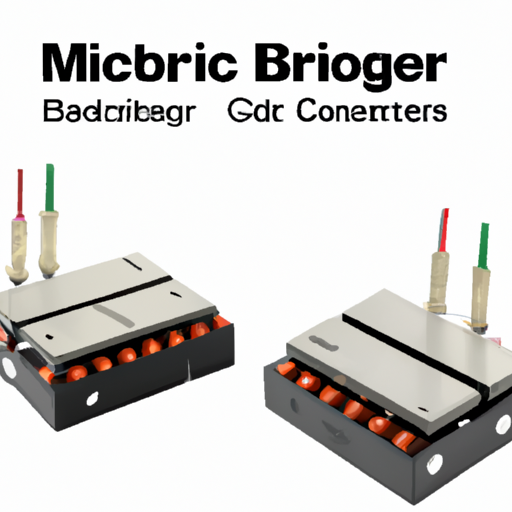
Overview of MM74HC241N and Bridge RectifiersMM74HC241N is a high-speed CMOS octal buffer/driver with 3-state outputs, primarily used in digital circuits to enhance signal integrity and speed. While it is not a bridge rectifier, it can be effectively utilized alongside bridge rectifiers in various applications, particularly where digital control and signal processing are involved.
Bridge Rectifiers are crucial components in power electronics, designed to convert alternating current (AC) to direct current (DC). They consist of four diodes arranged in a bridge configuration, allowing current to flow in one direction regardless of the input polarity. This functionality is vital in power supply circuits, battery chargers, and numerous electronic devices. Core Functional Technology of Bridge Rectifiers1. Diode Configuration: The bridge rectifier employs four diodes arranged in a bridge formation. This configuration allows both halves of the AC waveform to be utilized, effectively doubling the output voltage compared to a half-wave rectifier.
2. Full-Wave Rectification: By harnessing both halves of the AC cycle, bridge rectifiers provide full-wave rectification, resulting in a smoother DC output. This is particularly beneficial for applications requiring stable voltage levels.
3. Voltage Drop: The forward voltage drop across the diodes (typically around 0.7V for silicon diodes) is a critical design consideration, as it impacts the overall efficiency and output voltage of the rectifier.
4. Filtering: Post-rectification, capacitors are often employed to smooth the output voltage, reducing ripple and ensuring a more stable DC supply. This is essential for sensitive electronic applications.
5. Heat Management: Effective heat dissipation is crucial, as diodes can generate significant heat during operation. In high-power applications, heat sinks or other thermal management strategies may be necessary to maintain performance and reliability.
Application Development Cases1. Power Supply Units (PSUs)2. Battery Chargers3. Motor Control Circuits4. Signal Conditioning5. LED Drivers ConclusionBridge rectifiers are fundamental components in modern electronics, enabling the conversion of AC to DC for a wide array of applications. Their integration with components like the MM74HC241N can enhance the performance of digital circuits, ensuring reliable operation across various applications. A thorough understanding of the core technology and practical applications of bridge rectifiers is essential for engineers and developers working in power electronics and related fields. This knowledge not only aids in the design of efficient power systems but also contributes to the advancement of innovative electronic solutions.
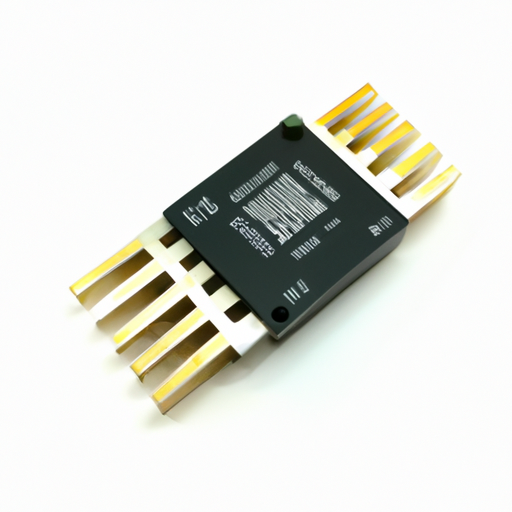
ECS-F1VE685K IGBT Modules: Core Functional Technologies and Application Development CasesIGBT (Insulated Gate Bipolar Transistor) modules, such as the ECS-F1VE685K, are pivotal in modern power electronics, particularly in applications that demand efficient power conversion and control. Below, we delve into the core functional technologies of IGBT modules and explore various application development cases that underscore their effectiveness.
Core Functional Technologies of IGBT Modules1. High Efficiency and Low Switching Losses2. Thermal Management3. Integrated Protection Features4. Modular Design5. High Voltage and Current Ratings1. Renewable Energy Systems2. Electric Vehicles (EVs)3. Industrial Drives4. HVAC Systems5. Power Supply Systems Application Development Cases ConclusionThe ECS-F1VE685K IGBT module exemplifies the advancements in IGBT technology, offering high efficiency, robust thermal management, and integrated protection features. Its versatility allows for a wide range of applications, from renewable energy systems to electric vehicles and industrial drives. As power electronics continue to evolve, IGBT modules will remain a cornerstone technology in achieving efficient and reliable power conversion solutions, driving innovation across multiple industries.

Core Functional Technologies of Bipolar Transistor Arrays, Pre-Biased1. Integrated Circuit Design2. Pre-Biasing3. Thermal Management4. High-Speed Switching5. Noise Reduction1. Audio Amplifiers2. Motor Control3. Signal Processing4. LED Drivers5. Switching Regulators Application Development Cases ConclusionBipolar Transistor Arrays, such as the CFR-50JB-52-10K, are crucial components in contemporary electronic design. Their pre-biased configurations not only simplify circuit design but also enhance performance and reduce the number of required components. With applications spanning audio amplification, motor control, signal processing, LED driving, and switching regulation, these arrays demonstrate remarkable versatility and effectiveness across various industries. As technology advances, the development of more sophisticated bipolar transistor arrays is expected to yield even greater efficiencies and capabilities in electronic design, paving the way for innovative applications and improved performance in future electronic systems.
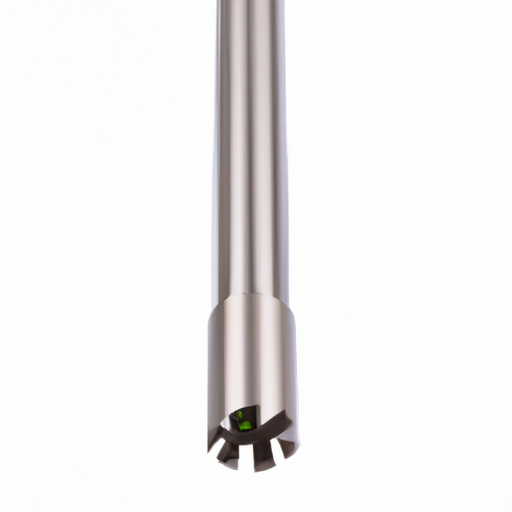
Application Development in Single, Pre-Biased Bipolar Transistors for MM74HC244N: Key Technologies and Success StoriesThe MM74HC244N is a high-speed CMOS octal buffer/driver with 3-state outputs, widely utilized in digital circuits for signal buffering and driving applications. The integration of single, pre-biased bipolar junction transistors (BJTs) with the MM74HC244N can significantly enhance performance in various applications. Below are key technologies and success stories that highlight this integration.
Key Technologies1. Bipolar Junction Transistors (BJTs)2. CMOS Technology3. Signal Conditioning4. Level Shifting5. Noise Reduction Techniques1. Consumer Electronics2. Automotive Applications3. Industrial Automation4. Telecommunications5. Robotics Success Stories ConclusionThe integration of single, pre-biased bipolar transistors with the MM74HC244N has unlocked numerous possibilities across various fields, enhancing performance, reliability, and efficiency. As technology continues to advance, the collaboration between these components is expected to yield even more innovative applications and success stories in the future. This synergy not only improves existing systems but also paves the way for new developments in digital electronics, automation, and beyond.
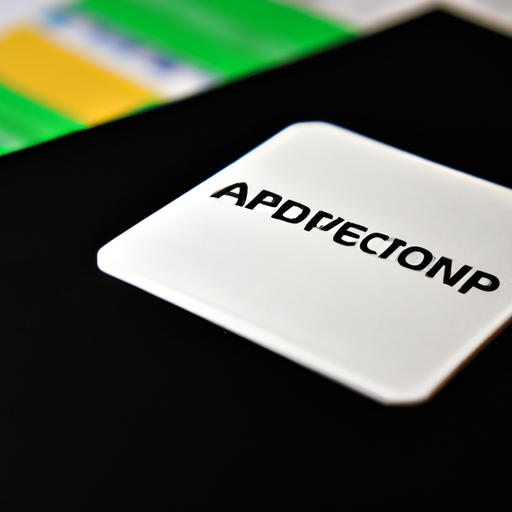
Application Development in Power Driver Modules for LT1178ACN8: Key Technologies and Success StoriesThe LT1178ACN8, a precision, low-drift operational amplifier from Analog Devices, is renowned for its high performance and versatility across various applications. When integrated into Power Driver Modules (PDMs), the LT1178ACN8 can significantly enhance the functionality and reliability of electronic systems. Below, we explore the key technologies that underpin its application development and highlight notable success stories across different industries.
Key Technologies1. Precision Amplification2. Low Noise Performance3. High Output Current4. Wide Supply Voltage Range5. Thermal Stability6. Integrated Protection Features1. Medical Devices2. Industrial Automation3. Audio Equipment4. Consumer Electronics5. Telecommunications Success Stories ConclusionThe LT1178ACN8 operational amplifier, when integrated into Power Driver Modules, offers a multitude of benefits that enhance the performance of various applications. By capitalizing on its precision, low noise, and high output capabilities, developers can create innovative solutions across multiple industries, from medical devices to industrial automation and consumer electronics. The success stories in these fields underscore the versatility and effectiveness of the LT1178ACN8 in real-world applications, making it a valuable component in modern electronic design.
Core Functional Technologies of Zener Diode Arrays1. Voltage Regulation2. Overvoltage Protection3. Clamping Circuits4. Temperature Stability5. Compact Design1. Power Supply Circuits2. Telecommunications3. Consumer Electronics4. Automotive Applications5. LED Drivers6. Medical Devices Application Development Cases ConclusionZener diode arrays, such as the CFR-25JB-52-10R, are integral components in modern electronic designs, offering essential functionalities like voltage regulation and overvoltage protection. Their applications span a wide range of industries, including telecommunications, consumer electronics, automotive, and medical devices, highlighting their versatility and effectiveness in enhancing circuit performance and reliability. As technology advances, the role of Zener diode arrays is expected to expand, driving further innovations in electronic design and application development.
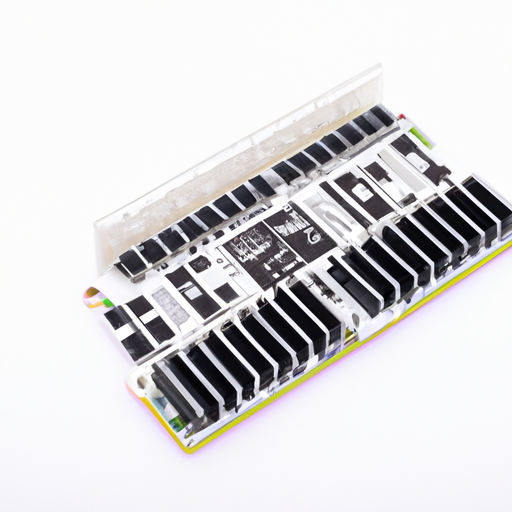
Overview of CFR-50JB-52-10R IGBT ArraysThe CFR-50JB-52-10R IGBT Array represents a significant advancement in power electronics, specifically designed to meet the demands of high-efficiency applications. As an Insulated Gate Bipolar Transistor (IGBT) array, it combines the benefits of both MOSFETs and bipolar transistors, making it ideal for various applications that require fast switching and high power handling capabilities.
Core Functional Technologies of IGBT Arrays1. High Efficiency and Low Switching Losses2. Thermal Management3. Integrated Protection Features4. Modular Design5. Advanced Gate Drive Circuitry1. Renewable Energy Inverters2. Motor Drives3. Power Supplies4. Electric Vehicles (EVs)5. HVAC Systems Application Development Cases ConclusionThe CFR-50JB-52-10R IGBT Array exemplifies the latest advancements in IGBT technology, offering high efficiency, integrated protection features, and a modular design suitable for a wide range of applications. Its versatility makes it an ideal choice for renewable energy systems, motor drives, power supplies, electric vehicles, and HVAC systems. As the demand for energy-efficient solutions continues to rise, IGBT arrays like the CFR-50JB-52-10R will play a pivotal role in the evolution of next-generation power electronics, driving innovation and sustainability in various industries.
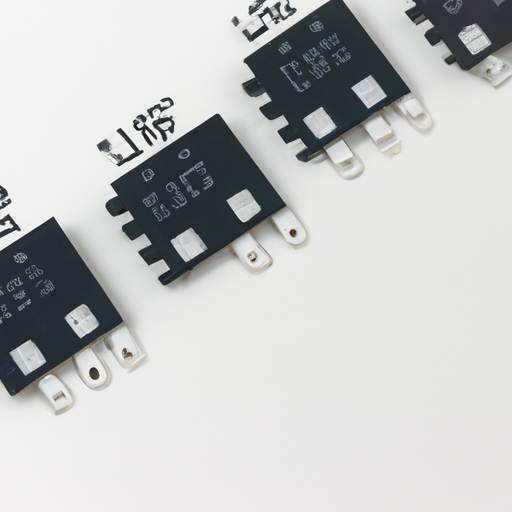
Overview of ECQ-P1H333GZ MOSFET ArrayThe ECQ-P1H333GZ is a specific MOSFET array that exemplifies the advantages of integrating multiple MOSFETs into a single package. This device is designed to handle various switching functions efficiently, making it suitable for a wide range of applications in modern electronics. Below, we delve deeper into the core functional technologies and application development cases that highlight the effectiveness of FETs and MOSFET arrays, particularly the ECQ-P1H333GZ.
Core Functional Technologies1. MOSFET Fundamentals2. Benefits of Using MOSFET Arrays3. Control and Drive Techniques4. Integrated Protection Mechanisms1. Motor Control Applications2. Power Management Solutions3. Lighting Control Systems4. Signal Switching Applications5. Consumer Electronics Integration Application Development Cases ConclusionThe ECQ-P1H333GZ MOSFET array exemplifies the critical role of MOSFET technology in modern electronic design. Its compact form factor, combined with the ability to handle multiple functions, makes it an invaluable component in various applications, including power management, motor control, lighting, and consumer electronics. As the demand for more efficient and versatile electronic systems continues to grow, the development of advanced MOSFET arrays like the ECQ-P1H333GZ will play a pivotal role in shaping the future of electronic design and innovation.
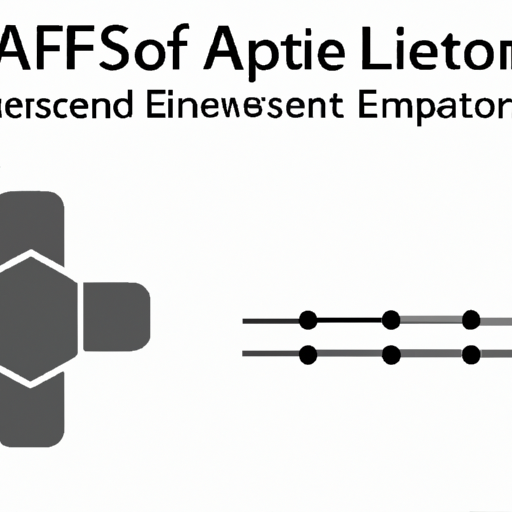
Application Development in JFETs for 2474-26L: Key Technologies and Success StoriesThe 2474-26L is a specific type of Junction Field-Effect Transistor (JFET) that is recognized for its unique characteristics, making it suitable for various applications. While detailed specifications of the 2474-26L may not be widely available, we can explore the general applications of JFETs, key technologies, and notable success stories that highlight their impact across different sectors.
Key Technologies in JFET Applications1. Low Noise Amplifiers (LNAs)2. Analog Signal Processing3. Switching Applications4. Voltage-Controlled Resistors5. High-Frequency Applications1. Telecommunications2. Medical Devices3. Consumer Electronics4. Industrial Automation5. Research and Development Success Stories ConclusionThe versatility of JFETs, including models like the 2474-26L, has led to their widespread adoption across various industries. Their unique characteristics—such as high input impedance, low noise, and fast switching capabilities—make them suitable for a range of applications, from telecommunications to medical devices. As technology continues to advance, JFETs are expected to remain a key component in the development of innovative electronic solutions, driving progress in multiple fields.
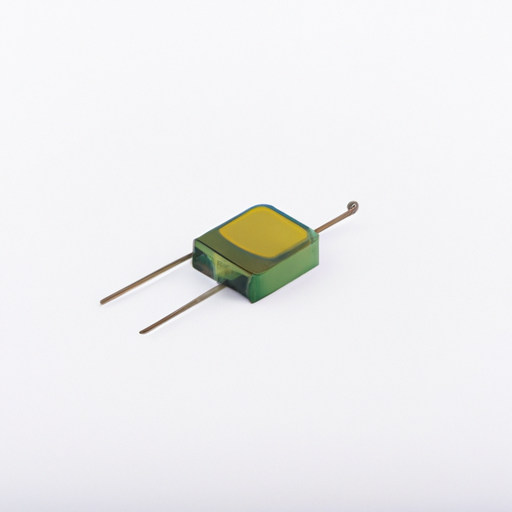
Overview of Single Zener DiodesSingle Zener diodes, such as the CFR-25JB-52-100R, are essential semiconductor devices that allow current to flow in the reverse direction once a specific voltage, known as the Zener breakdown voltage, is reached. These diodes are primarily utilized for voltage regulation and protection in various electronic circuits, making them crucial components in modern electronics.
Core Functional Technology1. Zener Breakdown Mechanism 2. Voltage Regulation 3. Clamping and Protection 4. Temperature Stability 1. Power Supply Circuits2. Signal Clamping3. LED Protection4. Reference Voltage Sources5. Surge Protection Application Development Cases ConclusionSingle Zener diodes like the CFR-25JB-52-100R are integral to modern electronics, providing essential functions such as voltage regulation, protection, and stability across various applications. Their ability to maintain a constant voltage and protect against overvoltage conditions makes them indispensable in power supply circuits, signal processing, and numerous other electronic systems. As technology continues to advance, the applications and effectiveness of Zener diodes will evolve, solidifying their role as key components in the design of reliable electronic devices.